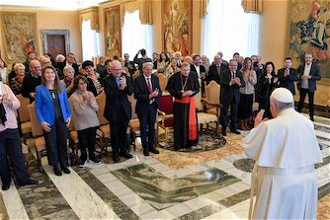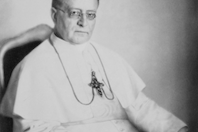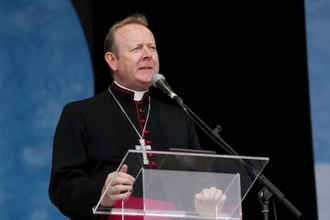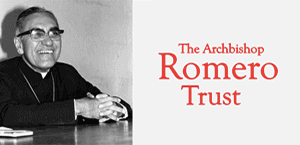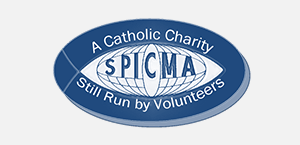Pope Pius XI's Jewish archeologist
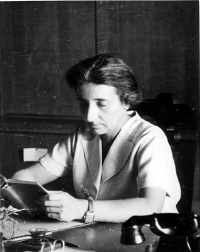
Hermione Speier
Source: Vatican News
The story of a Jewish archeologist whose life was saved by the Pope during World War Two was recently told in the Italian daily Il Foglio.
Hermione Speier, a Jewish German was invited to Rome in 1934 by Pope Pius XI, to re-order the photographic archives of the Vatican Museums. She was the first female staff member to work at the Vatican, and her arrival is said to have caused a quite a stir.
Speier stayed in Rome after the death of Pope Pius XI in 1939, and continued to work under his successor, Pope Pius XII.
When, in October 1943, Nazi began their fiercest attacks on the Jewish community of Rome, Speier was moved to the Catacombs of St Priscilla on the via Salaria, to stay with the nuns there.
The director of the house, Msgr Giulio Belvederi, nephew of the Pontifical Master of Ceremonies Respinghi, arranged to bring her there. The hiding place was extremely secure: in the event the house was taken over, Speier and the other 'evaders' could escape through a secret tunnel near the catacombs, just as persecuted Christians did centuries prior.
She retired in 1967. Looking back on her life she said she had loved her work with antiquities and equally loved the people that she met in the course of her work. Among her most distinguished publications are those of a horse-head from basement rooms of the Vatican Museums (in Lippold (ed.) Die Skulpturen des Vaticanischen Museums, 1956) and the excavations at the Basilica of St. Peter (in Herbig (ed.) Vermächtnis der Antiken Kunst, 1950). In addition, she was also editor of a four volume authoritive guides to the public collections of classical art in Rome.
Hermione Speier died in Montreax in 1989, at the age of 91.




